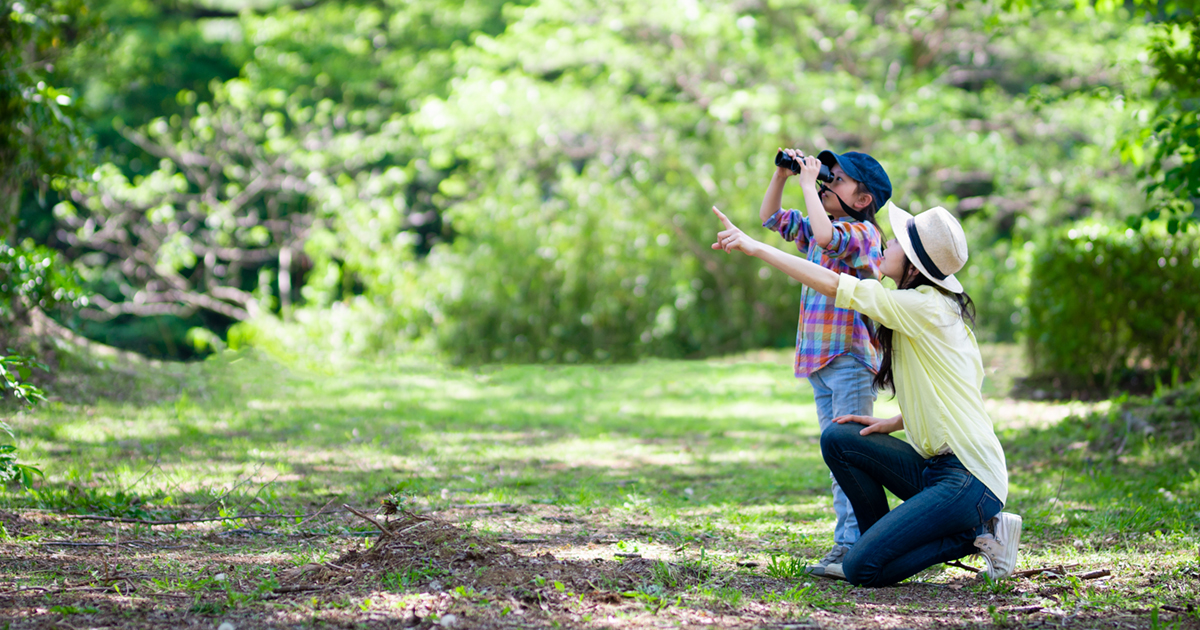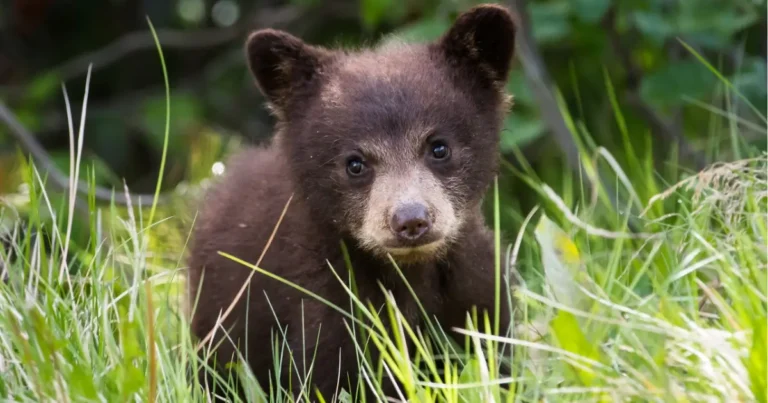
Canadians are hitting wild places with an increased vigor as the country emerges from pandemic lockdowns. Conservation Areas are popular destinations, but heading out unprepared could put visitors, wildlife and ecosystems at risk – or just lead to a disappointing visit.
The Fur-Bearers reached out to the Hamilton (Ontario) Conservation Authority, who have been posting actively about their natural places amid heightened visitation, to get a few tips to help make every visit a pleasant one. We’ve assembled those as well as a few other good tips for you as a checklist:
- Call ahead! Conservation trails, areas and parking lots are managed for natural issues, such as increased or decreased water levels, fire hazards and extreme weather. In the pandemic era, they’re also managed for volume of visitors, social distancing requirements and public health regulations. The easiest way to avoid the disappointment of being turned away due to capacity is to call ahead or check out the website and social media of the area you’re visiting. Please be respectful and remember this is for the safety and protection of everyone.
- Masks are still required indoors. Public washrooms, information and education centres and other pavilions in nature areas have the same public health regulations as all other businesses. Have a face mask with you and for each of your party in case you need to head indoors or into tight quarters; many locations have restrictions and regulations posted on their websites and social media.
- Check for ticks. Ontario (and much of Canada) is home to numerous species of ticks which can transmit disease to people and pets. Always perform tick checks on your group (including children and pets) when leaving a nature area. Learn more about tick prevention and detection at TickTalkCanada.com.
- Plan ahead. Wearing flipflops on a hiking trail or not taking water on a hot day are simple mistakes that can lead to injuries and emergencies. Do a bit of research and be sure you have the right gear, first aid and safety equipment, and let someone know where you’re going and when you plan on being back. Need more advice on how to prepare? BC Adventure Smart has some outstanding guides and content, so check out AdventureSmart.ca for more.
- Expect to encounter wildlife. Negative encounters with wildlife can often be avoided by simply knowing who you might see and how to be prepared for that. Bears, coyotes, raccoons and other wildlife can be found in many urban and rural natural areas; learn how to coexist with wildlife in our Living With Wildlife section or by contacting your local naturalist and environmental clubs.
It’s a wonderful time to be outdoors and exploring nature. Please take simple precautions such as those above to keep yourself, your family, and the wildlife we all love, safe.
